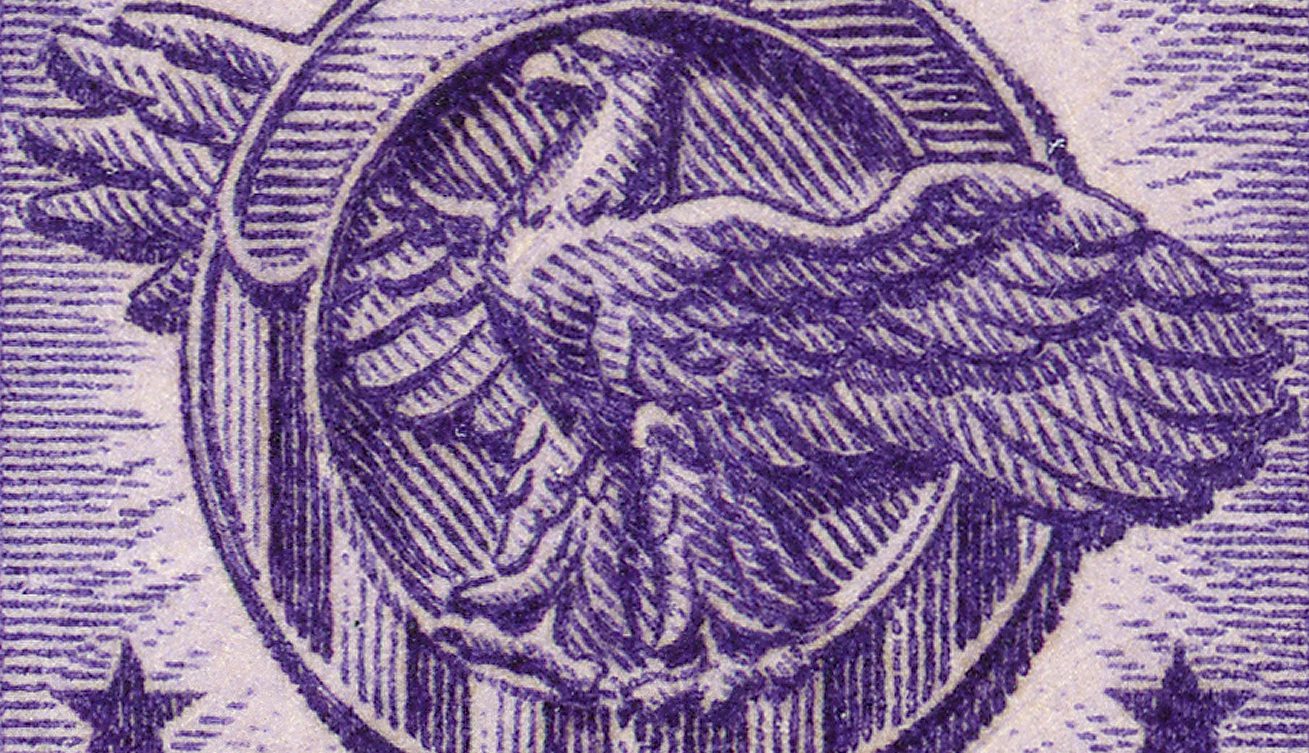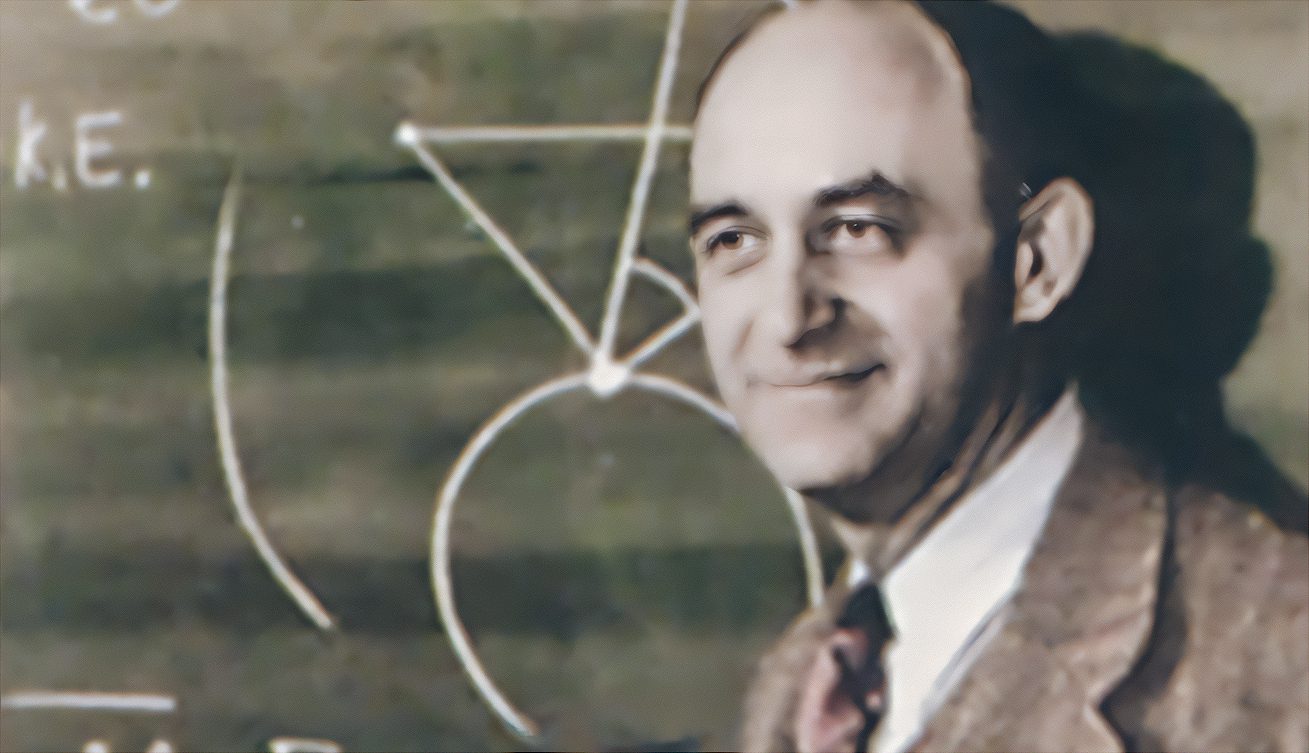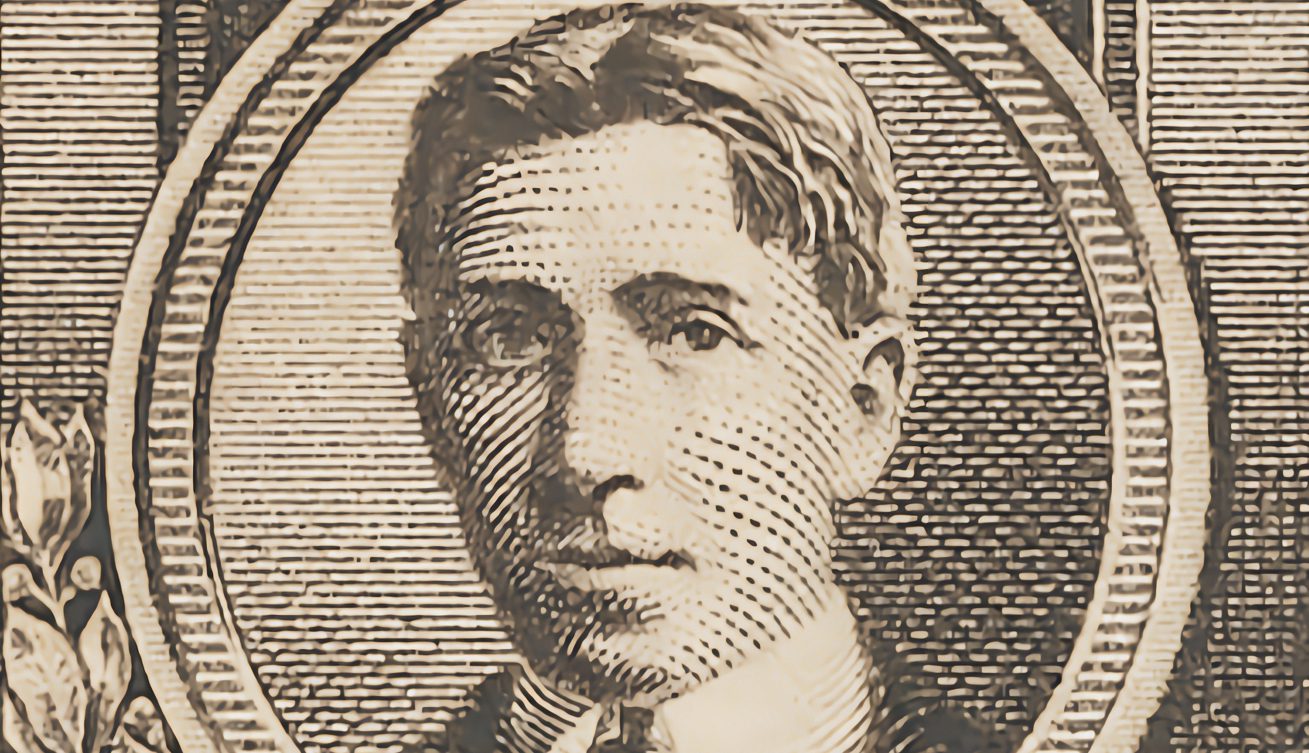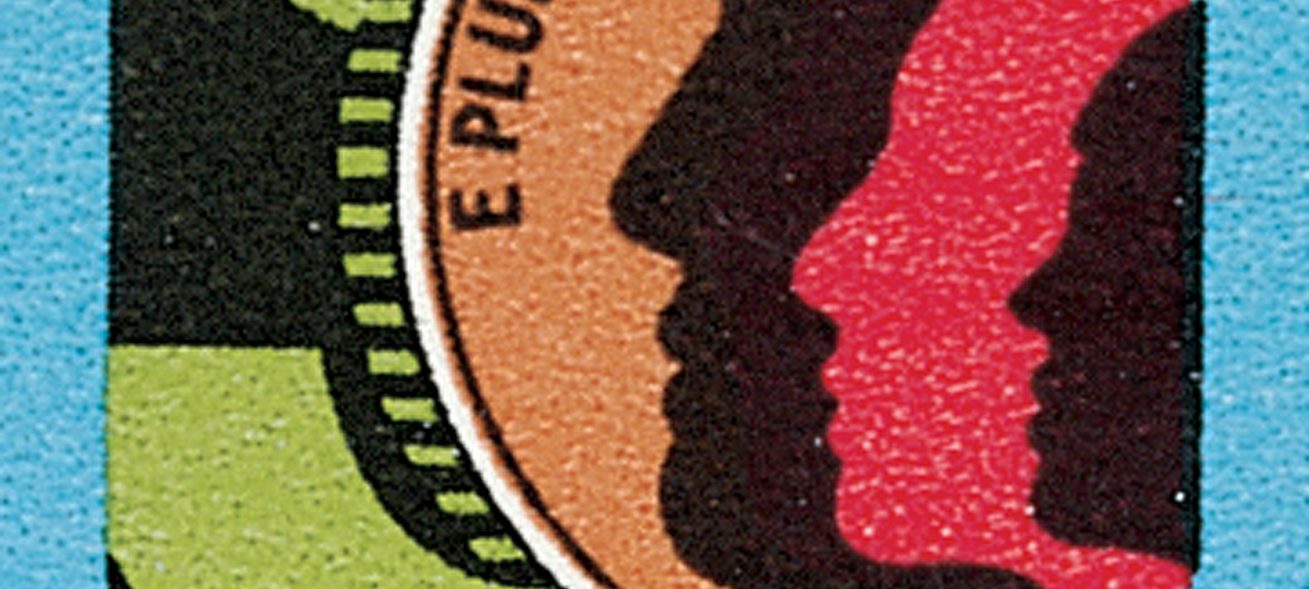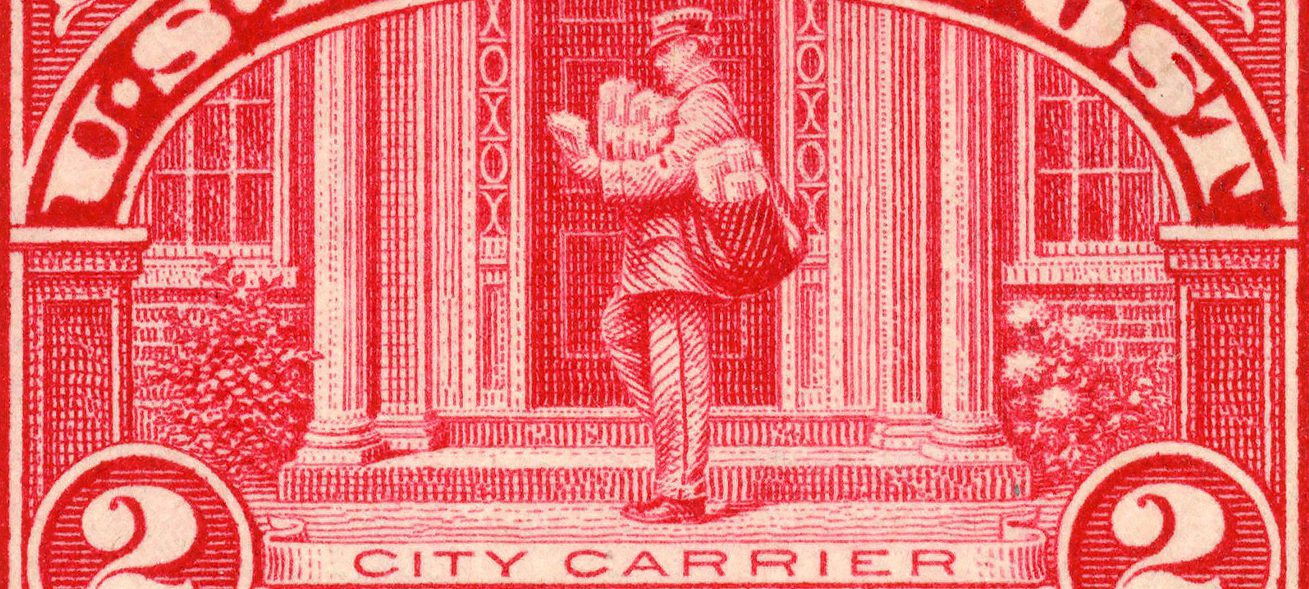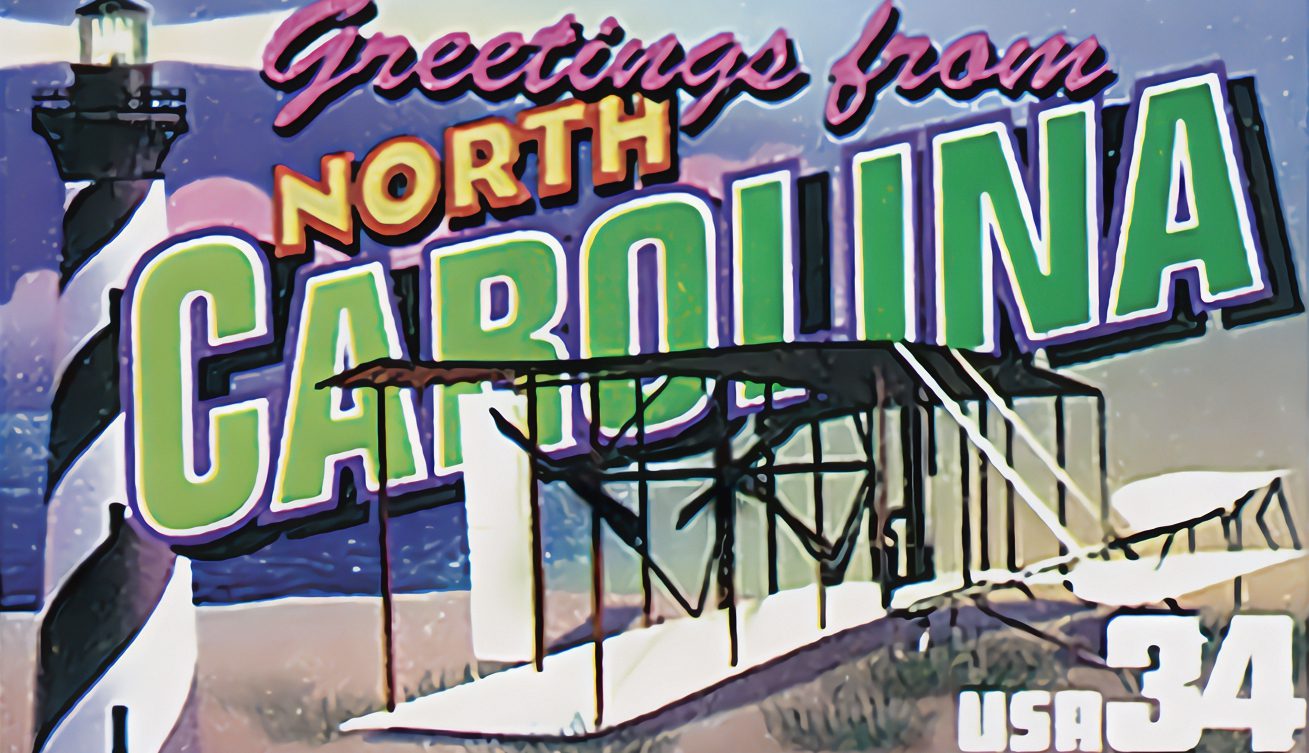Honorable Discharge
On November 29, 1944, the War Department officially adopted the Honorable Discharge Emblem, a small but meaningful symbol worn by millions of service members returning home from World War II. For many veterans, it represented not only their service, but also their safe return after years of sacrifice.

